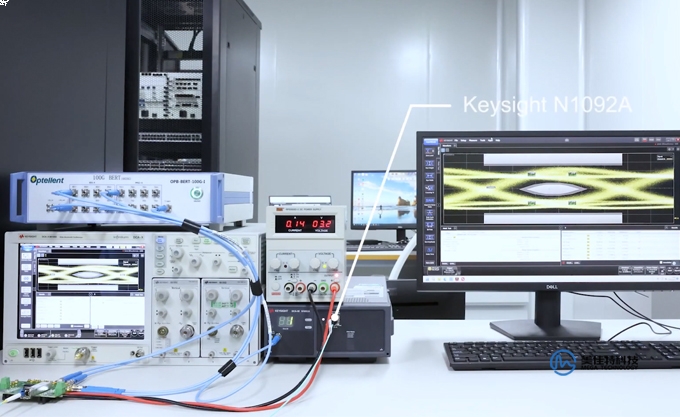FQA
2024.11.15
FQA
What is the difference between SR, LR, LRM, ER and ZR in 10G optical modules?
2024.07.09
SR, LR, LRM, ER and ZR are the more common module types in the 10GIEEE standard, but what is the difference between 10g SR, LR, LRM, ER and ZR? First we need to know what they represent. In fiber optic communication, SR, LR, LRM, ER and ZR are a kind of distance terminology in 10G optical module transmission, SR means short distance, LR means long distance, LRM means length extended multipoint mode, ER means ultra-long distance, and ZR means the longest distance.




FQA
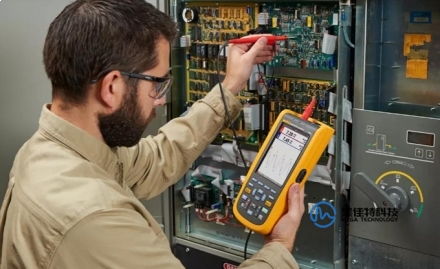
16
2023-10
How to Troubleshoot Building Control Systems Quickly with Handheld Test Tools
A building control system is an intelligent management system that can monitor and control a building's temperature, humidity, air quality, lighting, and security through sensors, actuators, controllers, and other devices to improve energy efficiency and operating costs. However, as building control systems become more powerful, troubleshooting becomes more complex. When a system fails, how can you quickly troubleshoot it using simple handheld test tools?
FQA

12
2023-09
Keysight 86100D and 86105C Photovoltaic Modules DCA-X Yestek Oscilloscope Instructions for Use
DCA-X 86100D(86105C) Optical Oscilloscope is a high-performance fibre optic oscilloscope suitable for measuring various fibre optic parameters, such as optical power, optical wavelength, optical attenuation and so on. This article will introduce the use of DCA-X 86100D(86105C) Optical Oscilloscope in detail, including equipment features, operating procedures, precautions, application examples and maintenance.
FQA

10
2023-08
How does a signal generator work? What are the main parameters and performance indicators?
A signal generator is an instrument capable of generating various types and forms of electronic signals, and it has a wide range of applications in the field of electronic test and measurement. Whether in the field of communications, radar, navigation, radio, audio, video, etc., or in teaching, research and development scenarios, signal generators are indispensable tools.
FQA
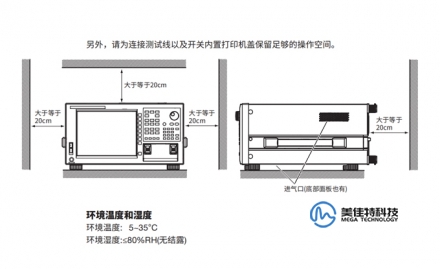
10
2023-08
What are the precautions for Yokogawa AQ6370D Spectrum Analyzer?
The Yokogawa AQ6370D is a spectrum analyzer for communications and general purpose applications that measures the wavelength range from 600nm to 1700nm with high accuracy, high resolution, high dynamic range and fast measurement.The AQ6370D is available in two models, the standard version and the high performance version, the high performance version provides higher wavelength accuracy and dynamic range. The AQ6370D also features a unique free-space input design that allows simultaneous testing of single-mode and multimode fibers.The AQ6370D is one of Yokogawa's most popular spectrum analyzers and is widely used in optical communications, optical amplifiers, lasers, LEDs and other applications.
FQA
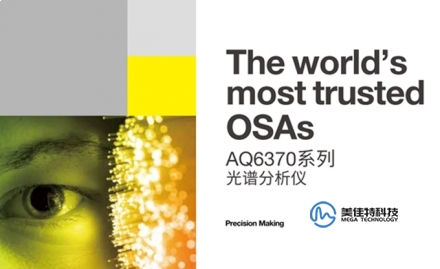
09
2023-08
Yokogawa AQ6370D Spectrum Analyzer Question Summary, read this!
Spectrum analyzer is an instrument used to measure the wavelength, power, spectrum and other parameters of a light source, which is widely used in the fields of optical communication, information processing/storage, biomedicine and so on. In these fields, the performance requirements for spectrum analyzers are getting higher and higher, such as wavelength accuracy, dynamic range, power range and so on. To meet these requirements, Bing has launched a spectrum analyzer with world-class optical performance, the Yokogawa AQ6370D.
FQA
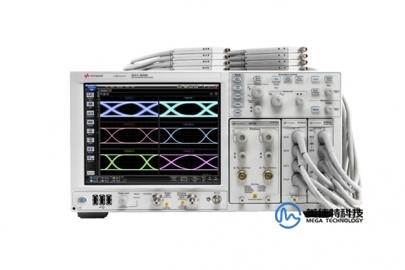
02
2023-08
Keysight 86100D How to use 86100D Oscilloscope Mainframe?
The Keysight 86100D is a wide bandwidth oscilloscope mainframe that can be used to make accurate measurements and analysis of high-speed digital designs. It can be used with different modules, such as the 86105C, to test optical and electrical signals, including time-domain, frequency-domain, eye diagram, and other parameters. With bandwidths up to 90 GHz, jitter as low as 100 fs RMS, and noise as low as 250 μV, it also supports simultaneous acquisition and analysis of up to 16 signals.
FQA
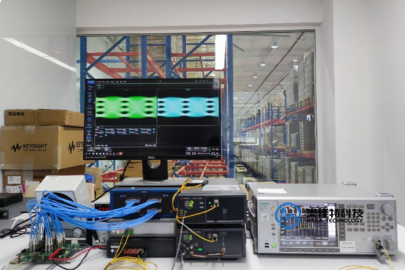
02
2023-08
Keysight 86100D oscilloscope question summary
The KEYSIGHT 86100D is a wide bandwidth oscilloscope mainframe that can be used for testing and analyzing high-speed digital signals and fiber-optic communication systemsIt can be used with different modules, such as the 86105C, to achieve bandwidths of up to 90 GHz, as well as time-domain measurements, spectral analysis, and eye diagram analysisIt also offers ultra-low jitter and low-noise performance for fast, accurate, and consistent jitter measurementsIt's a high-performance oscilloscope for both optical and electrical designs.
FQA
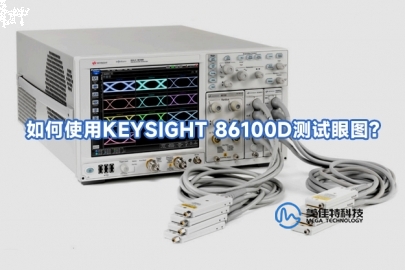
26
2023-07
How to use keysight 86100D to test eye chart? What are the application scenarios?
To perform eye chart analysis on the 86100D, you can refer to the following steps: Select Eye/Mask mode and set the trigger, time base, vertical and horizontal parameters. In Eye/Mask mode, you can perform various measurements on the eye chart, including eye width, eye height, eye skew, level magnitude, level noise, level skew, etc. . You can also perform mask tests using the built-in standard masks or custom masks.
FQA

19
2023-07
DCA-M Oscilloscopes vs DCA-X Oscilloscopes: Exploring Application Differences in Different Fields
As an indispensable tool in the field of electronic test and measurement, different types of oscilloscopes meet various application requirements. In this article, we will delve into the differences between two different types of oscilloscopes, DCA-M oscilloscopes and DCA-X oscilloscopes, and explore the differences and advantages of their applications in different fields.






